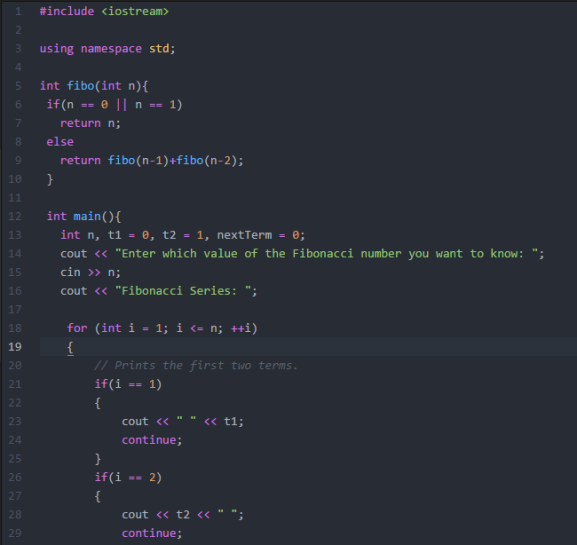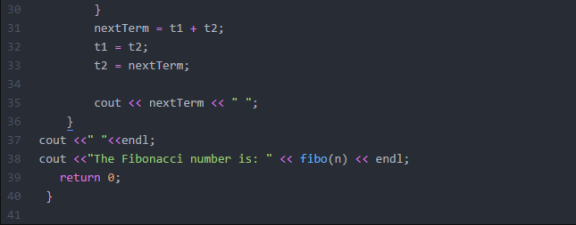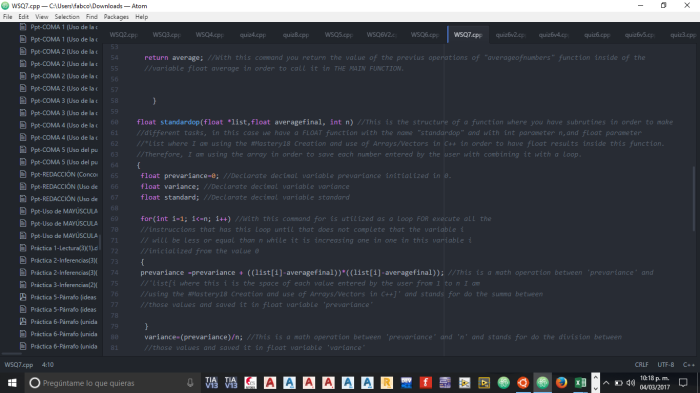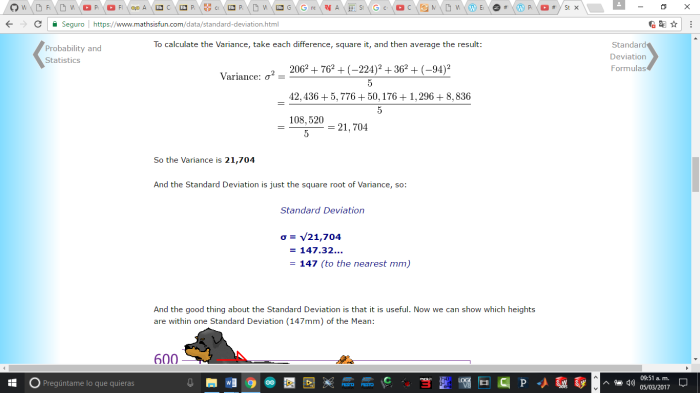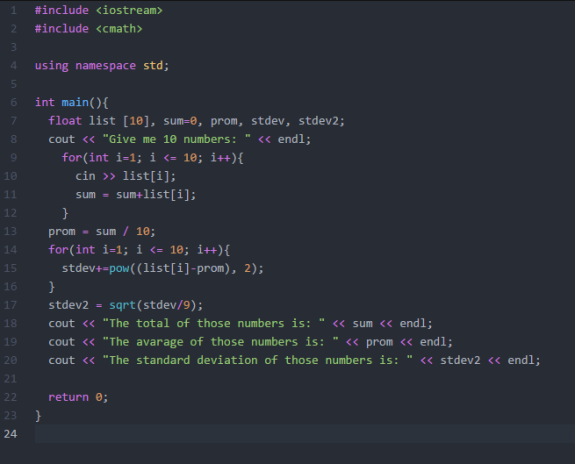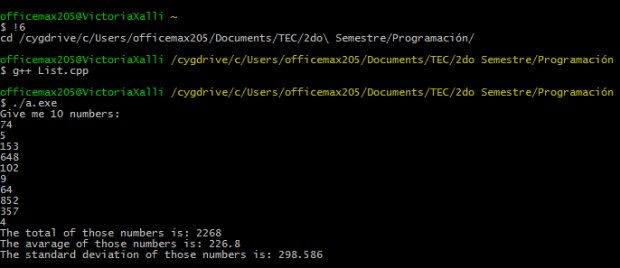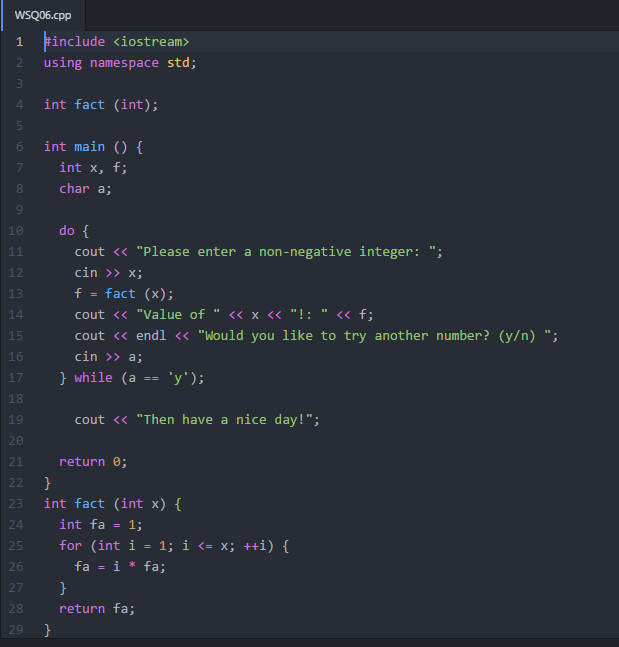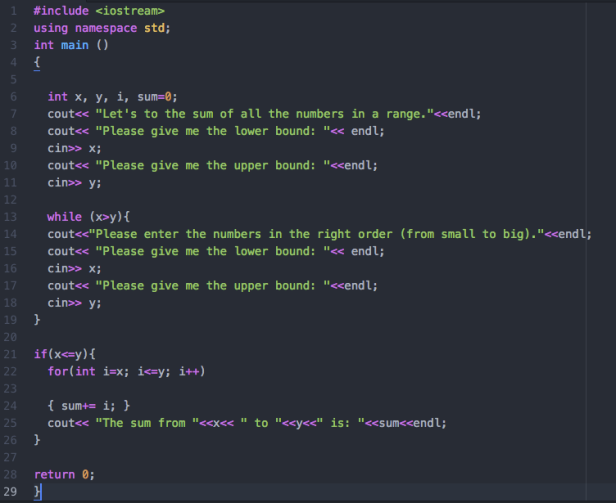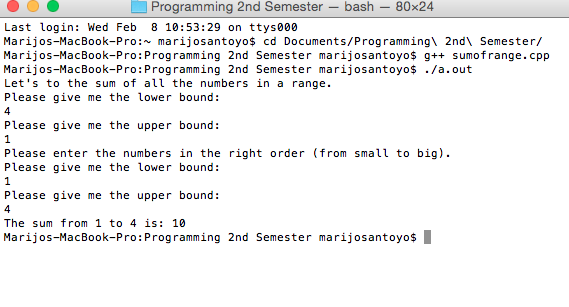--Originally published at Solving Problems with Programming
PICTURE OF ACTOR
So in this nine week class I started with doing this WSQ09. I started reviewing in creating and calling functions in C++.#Mastery06, #Mastery07, #Mastery16 Use of recursion for repetitive algorithms, #Mastery17 When to use what type of repetition in a program, #Mastery18 Creation and use of Arrays/ Vectors in C++. Futhermore, in this WSQ assignment we have mostly all the topics of the course from 1 to 20.
What I did for this numeric program is solving the problem to the user by creating a program that asks the user for two pieces of data:
- The lower bound of the sequence
- The upper bound of the sequence
- The range of numbers analysed (lower to upper bound)
- The number of natural palindromes (no addition to inverse needed)
- The number of non-Lycherels encountered (become palindromes)
- The number of Lycherel number candidates (that did not converge to palindrome)
Since you will not be able to prove that a number is Lycherel (since you cannot computer forever to check), our definition for a Lycherel candidate will be if a number does not converge after 30 iterations of applying the addition to the inverse.
To get this working well, you will need support for Big Integers. So I need to use that library that my teacher ken bauer has given to me, here you go:
This link is for Library of Big Integer provided by ken bauer
Hence, the resources I need it to solve this program are here:
ken bauer
Similar code provided for 







![]()






